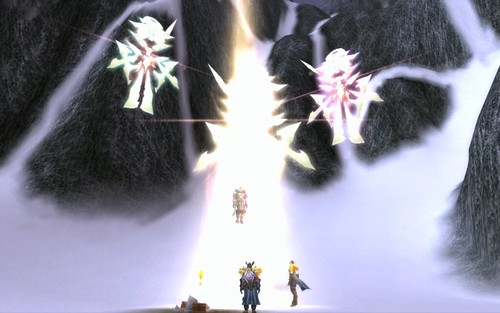Doing More With Less
I had the pleasure and privilege to present at the Web 2.0 Open conference in New York City recently on the topic of Doing More With Less, a topic near and dear to everyone. The session itself is based on so much of what I’ve learned from Mark Davis of the Boston Martial Arts Center and his teacher, Stephen K. Hayes. Here’s the funny part about the session – I can’t replicate any significant part of it here on the blog.
The content is entirely provided by you, the audience. I’m more or less just a tour guide. No slides, no PowerPoint, not even a real presentation, just a guided experience in which you and your fellow audience members discover new things about yourselves.
I called the session the most technologically advanced session of the entire conference, and in a way, it’s true. The human technology was what we explored. I made the analogy that gear and tech will only get you so far. Hand a rank amateur a 50 point and shoot camera or a2,000 DSLR and you’ll get about the same number of lens cap photos. The gear and tech can improve bad photos potentially to mediocre, but that’s about it.
Conversely, a truly skilled photographer? Give them either camera and they’ll create amazing works of art that nearly ignore the limitations of gear. Don’t believe me? Check out the cameraphone category on Flickr to see some amazing works.
In the session, we investigated four areas of doing more with less:
1. Redefining less. With friends, we examined what less was with our training partners, and then looking at less from a different perspective to gain some mental freedom from a poor resources mindset.
2. Finding authentic self. With friends, we examined things that have always been a part of our lives and how we can align ourselves and our careers, lives, and businesses with our inherent strengths to do more, plus looked at the difference between our current selves and our superhero selves.
3. Reclaiming responsibility. With friends, we examined aspects of our life that appear as luck, good or bad, and how we can change our perceptions from luck to being in charge of our lives.
4. Empowering our minds. We examined in a distilled fashion the idea of using your iPod to control your emotional state.
It’s nearly impossible to convey online any significant part of the experience, so if you weren’t able to make it, I hope you can attend a future version of this, or attend the seminars and workshops given by my teachers. If you were there, I look forward to reading your feedback in the comments.
You can also pick up some of the source material from Stephen K. Hayes as well.
Did you enjoy this blog post? If so, please subscribe right now!
Enjoyed it? Please share it!
Get this and other great articles from the source at www.ChristopherSPenn.com








